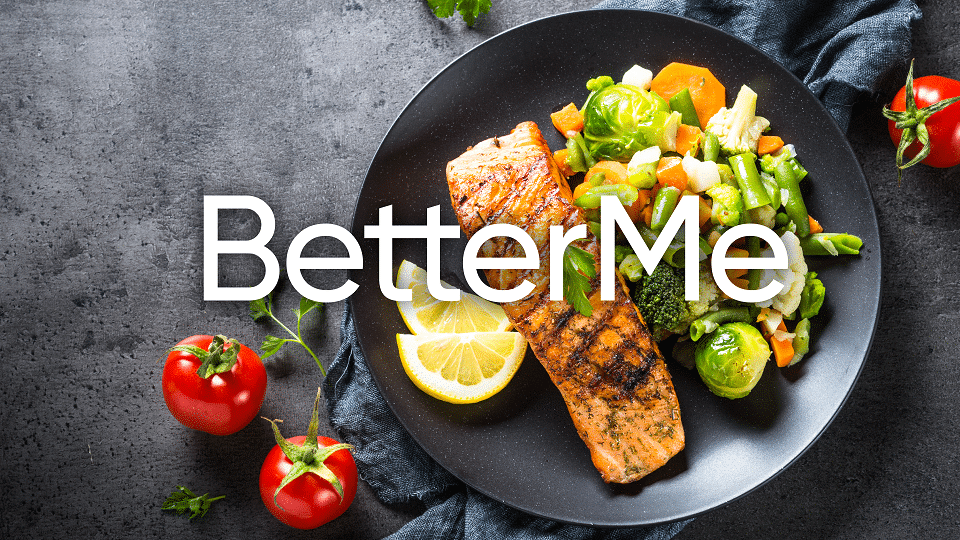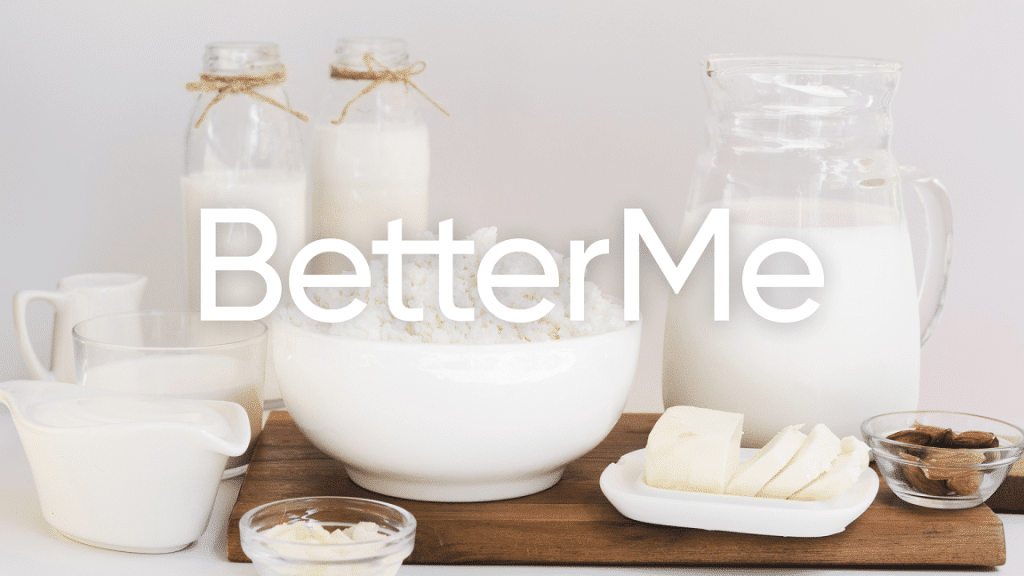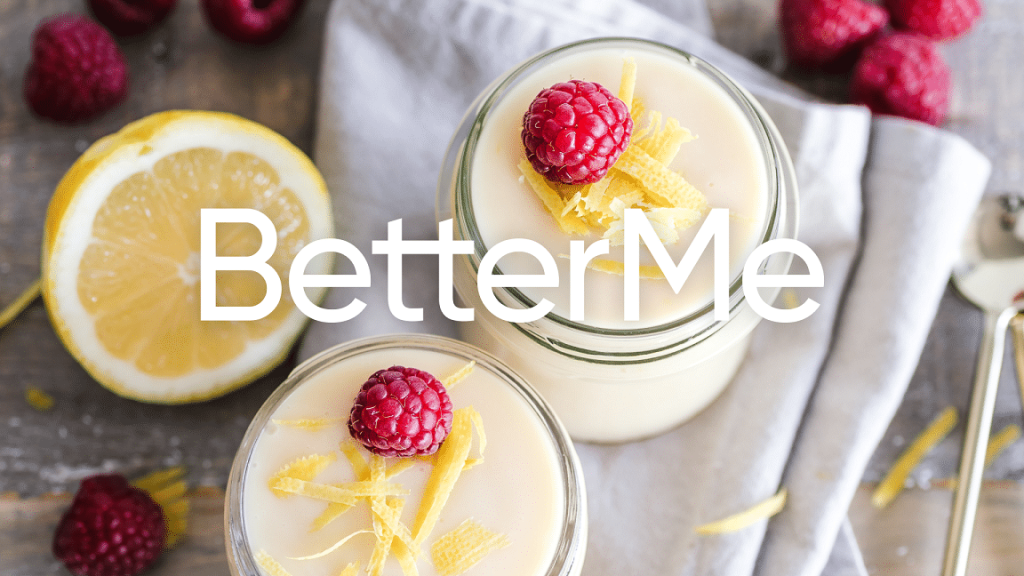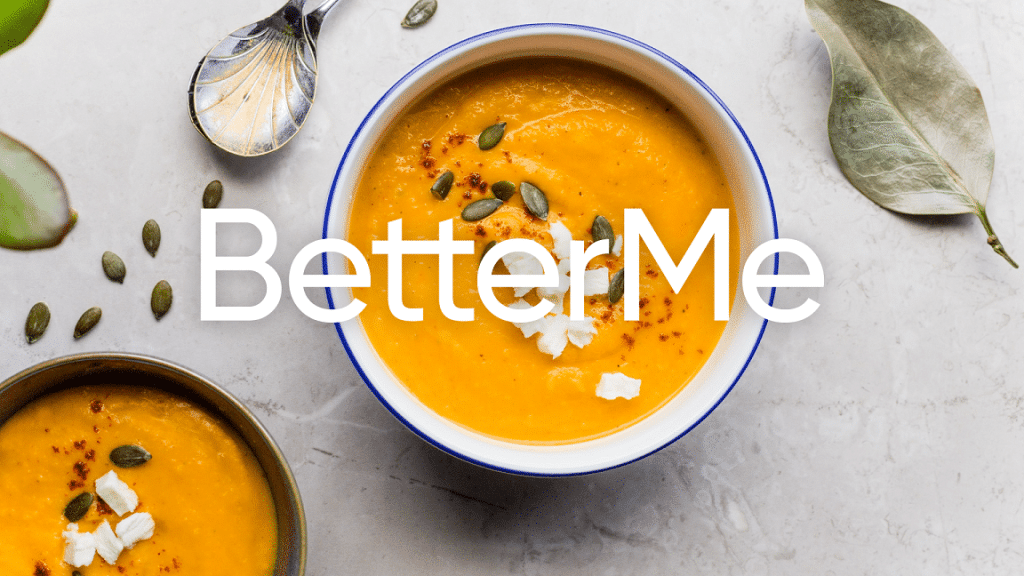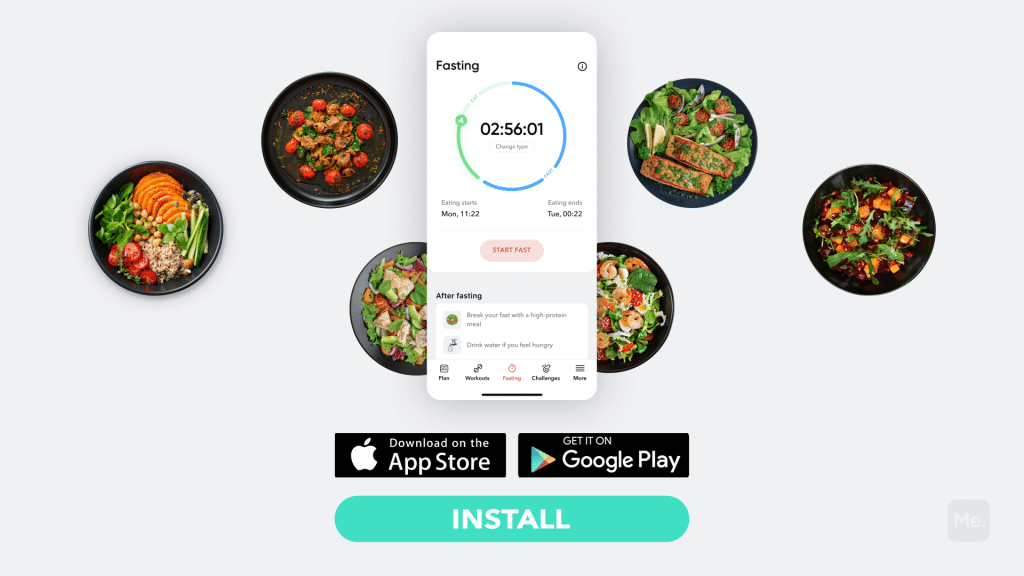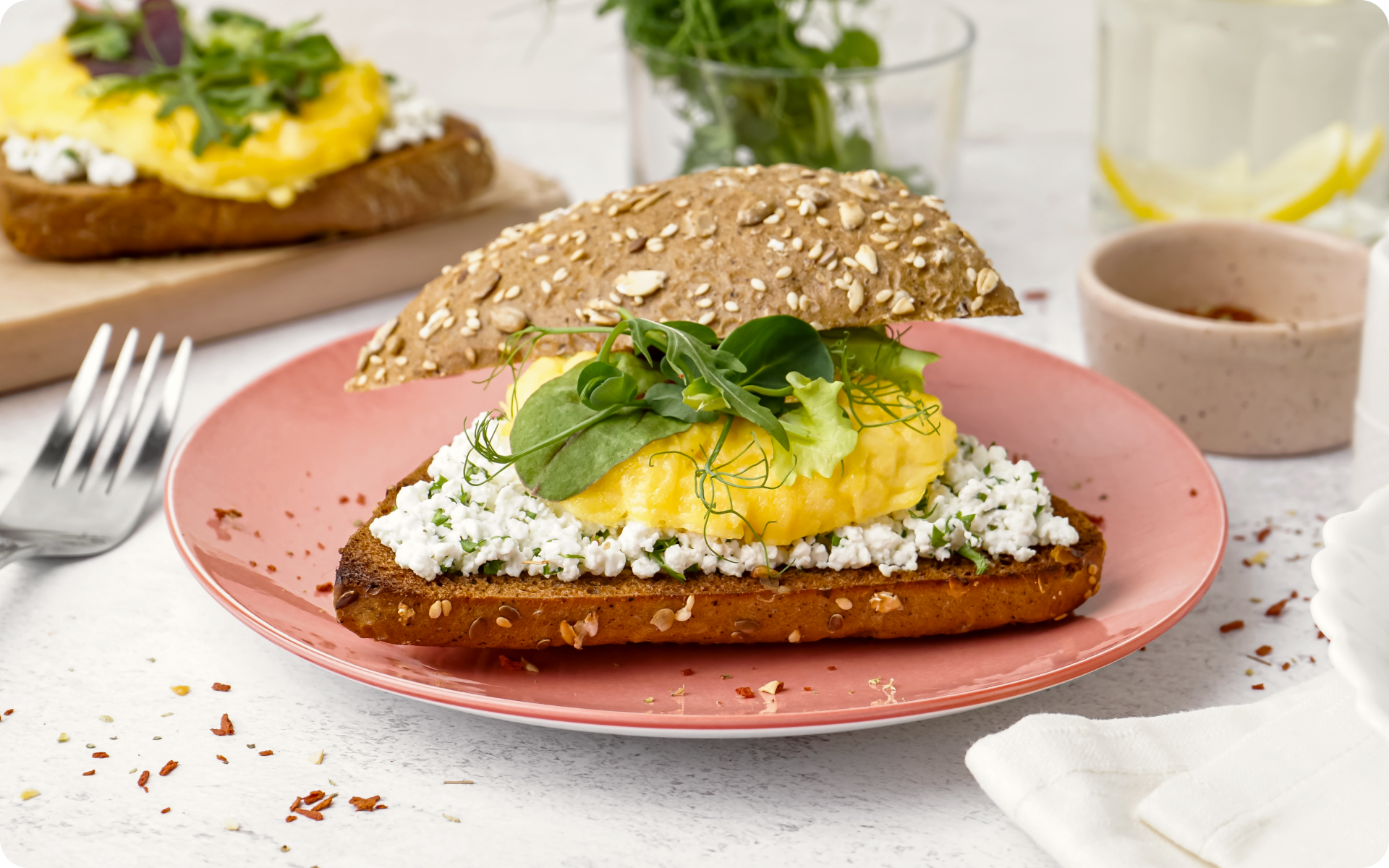What Is A Soft Food Diet?
Two main components of a healthy lifestyle are proper nutrition and regular exercise. With the recent increase in popularity of this way of living, no wonder there are so many different nutritional plans. First thing we should recognize is that every diet has its purpose. Certain dietary plans are focused on weight loss, some focus on muscle mass growth, some promise you health improvement, and without the use of some you may harm your health. The soft food diet falls into the category of the last two. It is based on the consumption of foods with a soft texture, which are easy to eat and process.
This diet is quite balanced and may have certain health benefits. In most cases, if it is not followed when prescribed, it may cause certain complications and even harm. Although people may use this type of diet for weight loss, originally this one was created for medicinal purposes.
When Is The Soft Food Diet Prescribed?
The soft food diet serves as a part of the post-operational recovery. This diet is essential, as in some cases after the surgery the body has been weakened and finds it difficult to digest solid foods, or in the case of after jaw or mouth surgery when a person cannot chew properly. In certain cases, the soft food diet may reduce hospitalization and recovery time (3). Another reason for a soft food diet prescription is the difficulty of masticating food among older adults (4). It is also often prescribed for people who suffer from dysphagia – a swallowing disorder (9, 6), which often develops among elderly people and those with neurological disorders and neurodegenerative diseases.
What To Eat?
The main principle of a soft food diet is to consume foods that have soft texture and therefore are easy to eat and digest. Food selection is not that restrictive, as you can mechanically optimize the texture of a food using a blender or by pureeing it. One should, however, make sure to include all the vital nutrients, especially if it is prescribed as a part of a post-surgery recovery. This dietary plan includes foods of all types and nutritional groups (8), such as:
-
Meat And Fish
Meat is a great source of proteins and is vital for the recovery, and maintenance of all the internal processes. You should eat minced meats cooked in stews and casseroles, and any moist, tender meats or poultry. An excellent choice is fish that is rich in omega-3 fatty and certain nutrients and vitamins, which are also highly important for the healing process and health of your bones and muscle tissues. You may wish to consume boneless tinned fish, such as tuna or salmon, and poached, steamed, or boiled fish without bones.
-
Eggs
Eggs are packed full of proteins and most all the vitamins, except for vitamin C. They are also rich in such minerals as calcium, iron, magnesium, phosphorus, potassium, zinc, selenium, and others. Eggs possess a great number of health benefits as well. They may promote muscle strength, boost your brain processes, add to energy production, strengthen your immune system, improve your skin and eye health, reduce the risk of heart disease and others (5). You can eat poached, scrambled, and soft or hard boiled eggs.
Read More: 14 Day Boiled Egg Diet: Will It Yield Any Long-Term Results?
-
Legumes
Legumes are high in protein, fiber, and minerals. For example, lentils are packed with folate, iron, zinc, magnesium, phosphorus, potassium, manganese, thiamin, vitamin B6, and others (10). Beans are also a rich source of protein and fiber, along with iron and antioxidants. They may add to your heart health, help you control your blood sugar levels, reduce the risk of cancer and fatty liver, and boost your gut health (11). Following a soft food diet, you can eat well-cooked slightly mashed moist legumes, such as lentils, beans (including baked beans), and soft bean products, such as tofu or hummus.
-
Grains
Grains are an inseparable part of any well-balanced nutritional plan. They are one of the main sources of fiber and offer a lot of minerals and vitamins. The soft food diet allows the consumption of soft bread, muffins, pancakes, waffles, pasta and noodles, rice porridge, and soft and moist cereals.
-
Dairy
Dairy products are perfect for this diet, as most of them have a soft texture, or even a liquid form. Most dairy products are extremely rich in calcium and protein, not to mention the great number of such nutrients as magnesium, folate, and vitamins A, B1, B2, B6, B12, D, and E. They offer such health benefits as the improvement of your bone density, boosting muscle building processes, reducing the risk of cancer and improving heart health (1, 13). You can consume milk, milkshakes, cottage cheese, cream cheese, plain yogurt, greek yogurt, kefir, and other soft dairy foods.
-
Fats
Butter, margarine, mayonnaise, gravy, cream, cream substitute, sour cream, and vegetable oils are all sources of fat that you can eat while sticking to the soft food diet. However, for best results, and in order to prevent possible undesired consequences, it is recommended that you consume the above-mentioned foods in moderation.
-
Fruits
Fruits are an important component of a soft food diet. They add to the nutritional values of your meals with their high contents of fiber, vitamins, and minerals. Most fruits are very juicy and are a great source of energetic water. This nutritional plan allows canned or cooked fruits, such as pears, watermelon, peaches or soft ripe fruits with no skin, such as fresh banana and avocado. Pureed fruits, fruit smoothies, and juices are also okay.
-
Vegetables
There is no need to explain how beneficial vegetables are for your health and recovery. They are filled with vital nutrients and are included in every diet. You can eat peeled, soft-cooked and mashed vegetables, tomato sauce, and pureed vegetables.
-
Seasoning
Such seasonings as ketchup, soy sauce, cheese, and chopped or ground leaf herbs will add some taste and calories to your soft food diet meal.
If you wish to free yourself from all the extra pounds that have been weighing you down for way too long, start using the BetterMe app and overhaul your entire life!
-
Sweets
If you have a sweet tooth, don’t worry, as a soft food diet allows a great number of sweets and desserts, as long as they have a soft texture. You can eat puddings, soufflés, marshmallows, soft cakes and cookies made without nuts or any other hard particles, smooth ice cream, custards, mousse, and sorbets.
-
Beverages
Tea, coffee, water, and before mentioned juices and smoothies are all allowed on the soft food diet. Due to the liquid texture, you can drink any beverage. However, alcohol, sodas, and drinks with a lot of added sugar may not be that great idea, and if consumed, must be kept in moderate amounts.
-
Soups
Although it may seem like soups are the best option for this diet, you can eat only certain soups, such as mildly seasoned broth, bouillon or cream soup, and strained or pureed vegetable soup.
What Foods To Avoid?
As it should be clear by now, the soft food diet is based on the consumption of foods with a soft texture. So, it is logical that foods that you are not allowed to consume while following this nutritional plan are those that are difficult to chew or digest (12). Such foods include:
-
Meats, Fish, And Eggs
You most definitely should exclude from your diet raw and fried eggs; fish with bones, shellfish; chewy, fatty, tough, and overcooked meat; cured meat, such as salami or chorizo; fried, salted or smoked meats, and others.
-
Grains And Nuts
The soft food diet rightfully bans all the nuts and seeds, as they are extremely hard to chew. You should also refrain from toasts, crusts on bread, hard crackers, muesli or granola with dried fruits or nuts, chewy or crusty breads, whole-grain breads, popcorn, etc.
-
Dairy
Despite being mostly soft, certain dairy foods are not recommended to include in your meal plan if you follow a soft food diet. For example, you should stay away from yogurts with nuts or seeds, sharp or strong cheeses and cheeses with whole seeds and spices.
-
Fruits And Vegetables
You should avoid raw vegetables, fruit skin, seeds and pips, dried fruits, stringy fruits, like pineapple and mango, coconut, highly acidic fruits like lemons and limes, deep-fried vegetables, vegetables with seeds or rinds, corn on the cob and others. In some cases, you may also want to exclude from your meal certain gas-forming vegetables, such as broccoli, Brussels sprouts, cabbage, cauliflower, cucumber, onion, turnip, and green pepper.
-
Sauces And Seasoning
Although most sauces and seasonings are usually either soft or ground, some of them are not allowed on this diet. For instance, garlic, horseradish, chili powder, whole or seed herbs and spices, barbeque or cajun seasonings, sriracha and Worcestershire sauce are all on the list of banned ingredients.
-
Sweets
There is no need in explaining why chewy candies, hard chocolate, candy bars with nuts, granola bars, and hard jellies are banned by this diet.
-
Soups
As was mentioned before, not all soups comply with the requirements of the soft food diet. You must avoid soups with big chunks of meat or fish, or soups with vegetables or legumes that aren’t soft and mushy like gumbo, split pea and stringy onion soups.
Tips And Recommendations For The Soft Food Diet
Although the soft food diet is quite well-balanced and not that restrictive, the following tips and recommendations may help you improve your dieting experience, and maintain a healthy recovery (2).
1. Make Sure You Consume All The Vital Nutrients
The following will not only improve your healing process but will also add to your overall health. To ensure that your diet includes all the required nutrients, your meals through the day should include:
- Bread, cereal, or potato food.
- 8-10 cups of glasses of fluid (including water, tea, juices, coffee, milk, etc.)
- 2 servings of soft tender meat, fish, eggs, pulses, etc.
- 2 servings of dairy foods
- 5 servings of soft fruits and vegetables
- Small amounts of foods containing fat and sugar.
Yanking yourself back in shape has never been so easy with our game-changing fitness app! Start transforming your life with BetterMe!
2. Enrich Your Foods
If you have noticed that you began to eat less and lose weight, there are some tricks that will add more nutrients and calories to your meal. All you need to do is:
- Use full-fat milk or fortified milk (add 1 tbsp. of milk powder to 1 cup of whole milk), instead of an ordinary milk on cereals, in custards, soups, or sauces.
- Top your vegetables, potatoes, pasta or scrambled eggs with grated cheese, butter, margarine, olive oil or mayonnaise.
- Consume full-fat yogurt, such as greek yogurt.
- Add cream to drinks, puddings, salads, or soups.
- Add seedless jam, syrup, honey, or sugar to puddings, drinks, or cereals.
3. Eat Smaller Portions, But More Often
While recovering after a surgery, you may feel the loss of appetite, which again, may lead to a loss in weight. In such a case you may need to split your meals so that you would eat less per meal, but more times per day.
4. Take Supplements
If you are following the recommendations on the enrichment of your food, but it still turns out that you lack a lot of nutrients, it is time for you to consult with a doctor and maybe start taking supplements.
Read More: How To Start A Healthy Lifestyle: Simple Habits To Kick-Start A Healthier Lifestyle
Soft Food Diet Meal Ideas
The soft food diet doesn’t have certain time limits, as each case requires a different amount of time. This is why rather than a meal plan for 3 days, a week or a month, it is more useful to find some meal ideas and create your own plan, based on all that’s been said above. So, now we have covered the basics, here are some ideas for your soft food diet meals (7):
Breakfast:
- Oven-baked denver omelet.
- Porridge or instant oat cereal (without nuts, seeds, or dried fruits) with milk.
- Scrambled egg with margarine or butter, sprinkled with grated cheese.
- Cheese omelet.
- Yogurt with stewed or canned fruit (without skin and seeds).
- Coffee (or tea) with milk or cream.
- Fruit juice.
- Blueberry cottage cheese soft pancakes.
Main Meal:
- Casseroles and stews with lean, chopped, and cooked until tender meats.
- Minced meats or shepherd’s pie with gravy.
- Lasagna with sauce or gravy.
- Fish cakes with sauce.
- Mashed baked beans or tinned spaghetti with grated cheese.
- Cheesy zucchini rice.
- Baked cream cheese spaghetti.
- Ratatouille.
- Spaghetti with marinara sauce.
Lighter Meals:
- Sweet potato and cauliflower mash.
- Avocado tuna/egg salad.
- Lentil soup.
- Tomato soup with cream.
- Mashed potato with minced meats and tomato sauce.
- Sandwich from bread without the crusts, with soft filling, such as well mashed salmon, tuna, cream cheese, or egg and mayonnaise.
- Moist pumpkin or banana bread with butter.
Dessert:
- Yogurt or fromage frais.
- Instant whip or mousse.
- Crème caramel or egg custard.
- Milk puddings.
- Soft tinned fruit (peaches, pears, mandarins) with custard.
- Soft sponge pudding.
- Ice cream with sauce toppings.
- Baked fruits (peaches, apples, pear, pumpkin).
- Smoothies with any fruits without seeds and skin.
- Milkshakes.
Conclusion
A diet is not only a weight-loss tool, as some people may think. A proper nutritional plan may help you improve your health, maintain, lose, or gain weight, prevent certain diseases and boost the recovery. The soft food diet is prescribed when, due to certain circumstances, a person finds it difficult to consume or digest solid foods. The main rule of this diet is to eat foods that possess a soft texture. This property of a food can be natural or obtained as a result of the mechanical procession, such as blending or pureeing solid ingredients.
Some recommendations can significantly improve the whole food preparation and consumption experience, while adding to the nutritional value of your meals. As this dietary plan has no strict time limits, you can create your own meal plan, following the above-listed tips. However, make sure to consult with a doctor, before starting to follow any nutritional plan.
DISCLAIMER:
This article is intended for general informational purposes only and does not address individual circumstances. It is not a substitute for professional advice or help and should not be relied on to make decisions of any kind. Any action you take upon the information presented in this article is strictly at your own risk and responsibility!
SOURCES:
- 6 Reasons to Get Your Dairy (2006, webmd.com)
- A Guide to Eating Well When Following a Soft Diet (2018, scan.scot.nhs.uk)
- Clear Liquid Diet vs Soft Diet as the Initial Meal in Patients With Mild Acute Pancreatitis: A Randomized Interventional Trial (2013, pubmed.ncbi.nlm.nih.gov)
- Cooking Methods for a Soft Diet Using Chicken Based on Food Texture Analysis (2017, pubmed.ncbi.nlm.nih.gov)
- Everything you need to know about eggs (2019, medicalnewstoday.com)
- Optimizing Texture Modified Foods for Oro-pharyngeal Dysphagia: A Difficult but Possible Target? (2018, ncbi.nlm.nih.gov)
- Soft diet (n.d., ruh.nhs.uk)
- Surgical Soft Diets (2020, uwhealth.org)
- The Influence of Food Texture and Liquid Consistency Modification on Swallowing Physiology and Function: A Systematic Review (2014, ncbi.nlm.nih.gov)
- What are the benefits of lentils? (2019, medicalnewstoday.com)
- What are the health benefits of beans? (2020, medicalnewstoday.com)
- What are the soft food and mechanical soft food diets? (2018, medicalnewstoday.com)
- What to know about milk (2020, medicalnewstoday.com)


